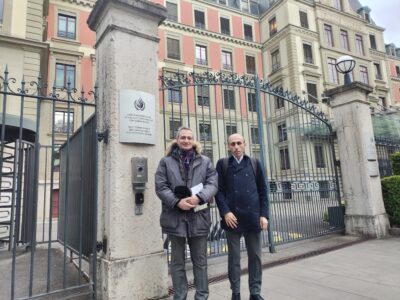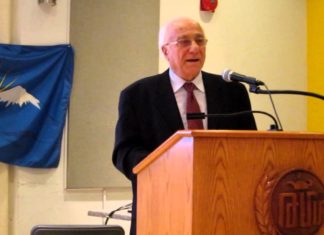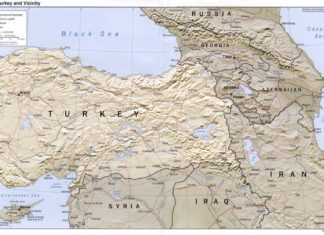By Edmond Y. Azadian
Tragedy, it seems, likes company, especially when it comes to earthquakes, which are often accompanied by additional damage from secondary causes. The magnitude-9 earthquake that struck northern Japan on March 11, shook the ground violently and generated a devastating tsunami. It also moved the coastline of that nation and changed the balance of the planet.
The numerous islands that form Japan sit on a crisscross of fault lines, and technologically advanced as they are, the country is well equipped to deal with the consequences of the earthquakes. But scientists are awakening to the fact that past history, in this case, is no guide for the future, because for the last 300 years, no earthquake with that magnitude has shaken Japan. Therefore, something mysterious is happening to our beleaguered planet, which is plagued with ecological disasters and the use of more and more powerful weapons. The present earthquake, in addition to shifting the axis of the planet, has moved Japan’s coastline 13 feet closer to the United States. What makes the situation more frightening is that the shock waves were felt on California and Peru coastlines, which renders the concept of global village a reality rather than a figure of speech. Besides the devastating tsunami the earthquake has damaged also the Fukushima nuclear power plant causing three explosions thus far and threatening a meltdown.
When the tsunami hit northern Japan’s coastline, it carried away homes, vehicles and trees in its path with an overwhelming, elemental fury. It was so unreal that it looked like computer animation.
The official death toll is approaching the low thousands thus far, but in two different towns there are 10,000 and 18,000 people unaccounted for, which means the statistics will change for the worse.
Since the California coastline was impacted, thousands of miles away from the epicenter, no one is, it seems, immune to this tragedy.









